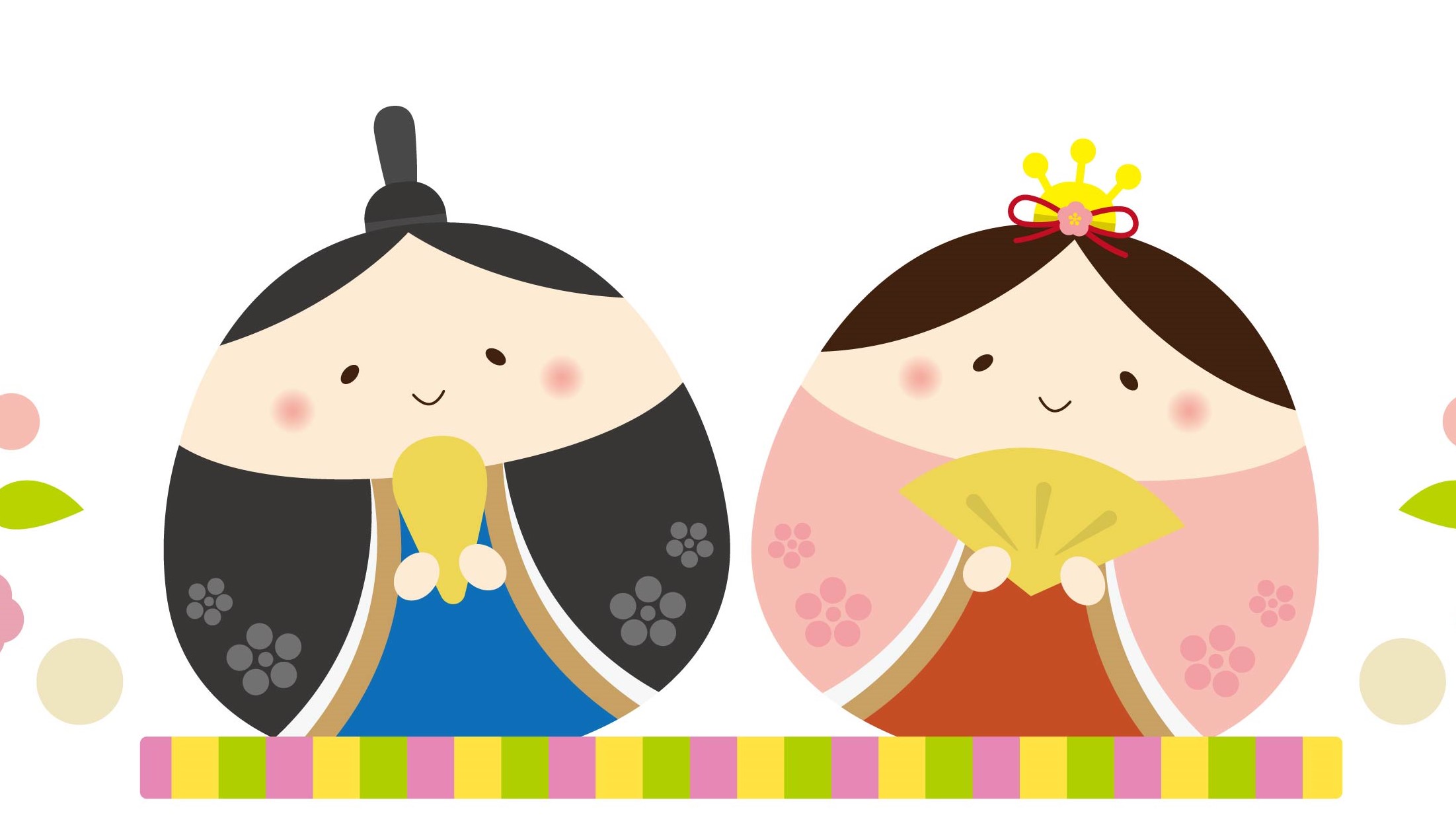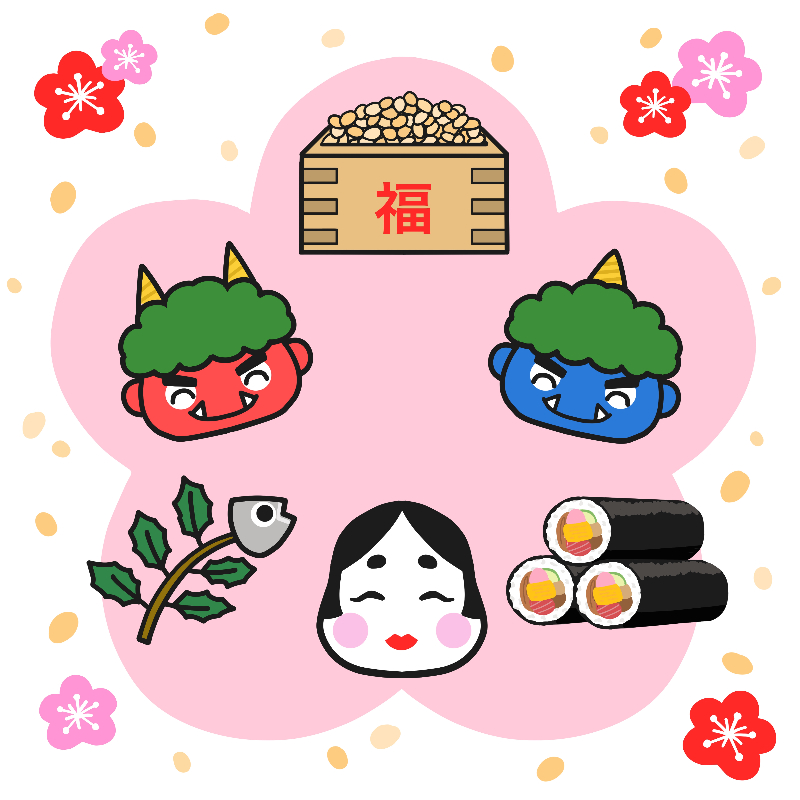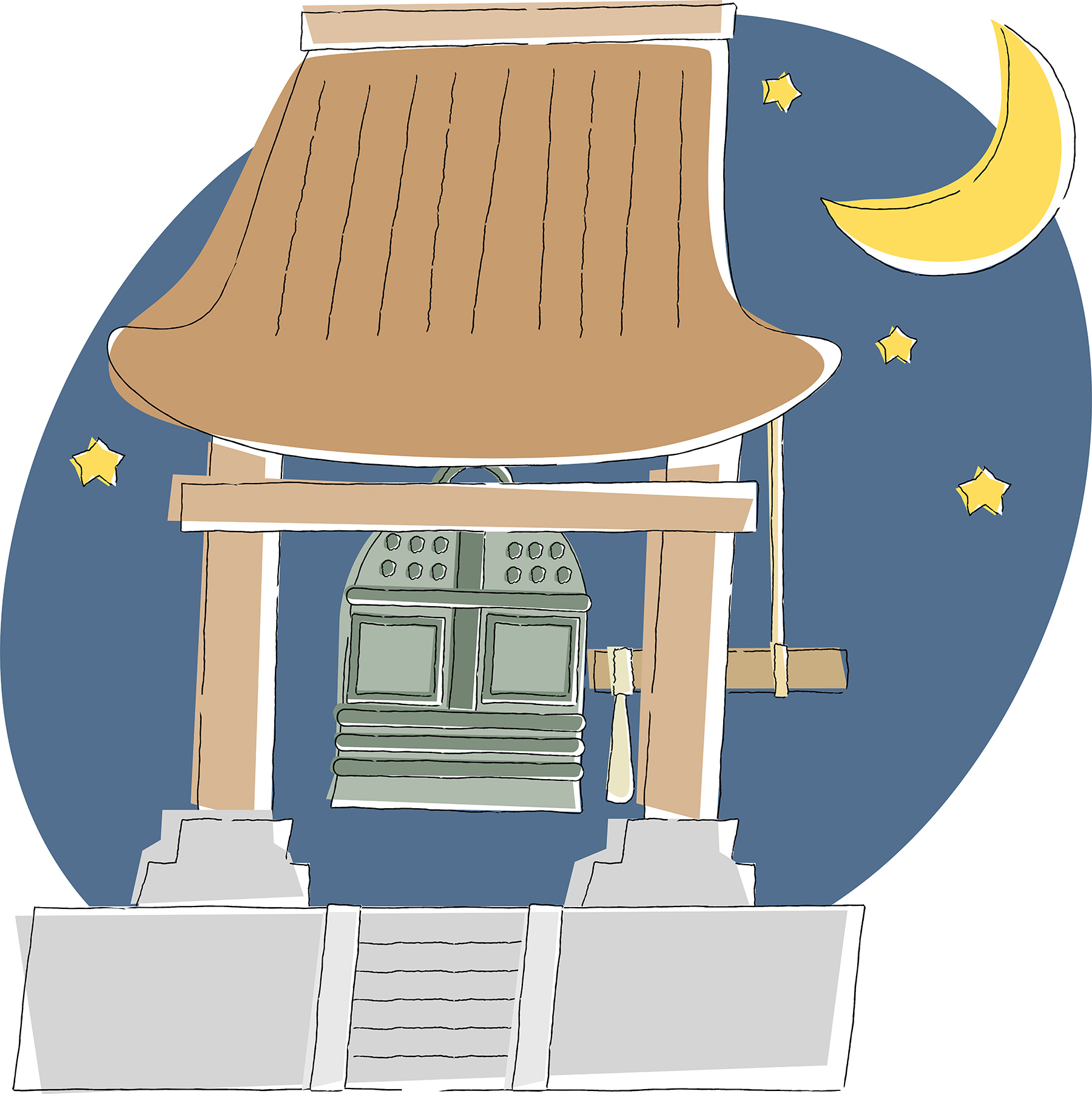
Play: Taketori Monogatari
 This play, based on a Japanese folktale, comes from a collection of plays and skits created by the ACT Japanese teachers’ group for use in their primary and junior secondary classrooms. Students work cooperatively in groups or as a class to prepare and perform the play for their classmates or at a school event.
This play, based on a Japanese folktale, comes from a collection of plays and skits created by the ACT Japanese teachers’ group for use in their primary and junior secondary classrooms. Students work cooperatively in groups or as a class to prepare and perform the play for their classmates or at a school event.
Story Outline
Kaguyahime, the Shining Princess, is one of Japan’s oldest fairy tales and was written in the Heian period (about 900AD). It is the story of a moon princess who is found in a shining bamboo stalk and brought up by a bamboo cutter and his wife. She grows up to be a beauty and is courted by many noblemen. She is finally taken back to the moon. It is also known as Taketori Monogatari (The Tale of the Bamboo Cutter).
Cast
ナレーター×2 Narrator×2
おじいさん Ojiisan
おばあさん Obaasan
かぐやひめ Kaguyahime
Guards (any number)
Prince Kuramochi
Prince Ootomo
Prince Iso
Moon guardians (any number)
Script
Cultural Notes
Tsukimi, O-tsukimi
(moon viewing) is a tradition dating back to the Heian period (794-1185 AD), when the evenings were spent with court aristocrats writing and playing music. The tradition later spread to warriors, townspeople, and farmers and became a harvest festival. Otsukimi is celebrated on the night of the full moon in autumn. The full moon in September is considered to be the most beautiful of the year and is called Chushu no meigetsu (harvest moon).
Sprays of susuki
(Japanese pampas grass) are displayed on the verandah and 12, 13 dango (small sticky rice dumpling) are mounted on the small wooden stand and vegetables are offered to the moon. Eating dango made people feel like they were sharing a meal with the lunar god. The vegetables are the ones harvested around September – often taro, green soybeans and chestnuts. (This is because traditionally people also celebrated their harvest.)
Language Concepts
- past tense
- ~te form
- ~mashō form
Web Links
The Japan Foundation, Sydney ‘Classroom Resources’ Manga: Taketori Monogatari
http://www.e-hon.jp/kaguya/kage0.htm
Folktales of various countries are put into picture book format and translated into various languages.
https://www.youtube.com/watch?v=9lDrkokymLQ
Stugio Ghibli ‘Kaguyahime no monogatari’




